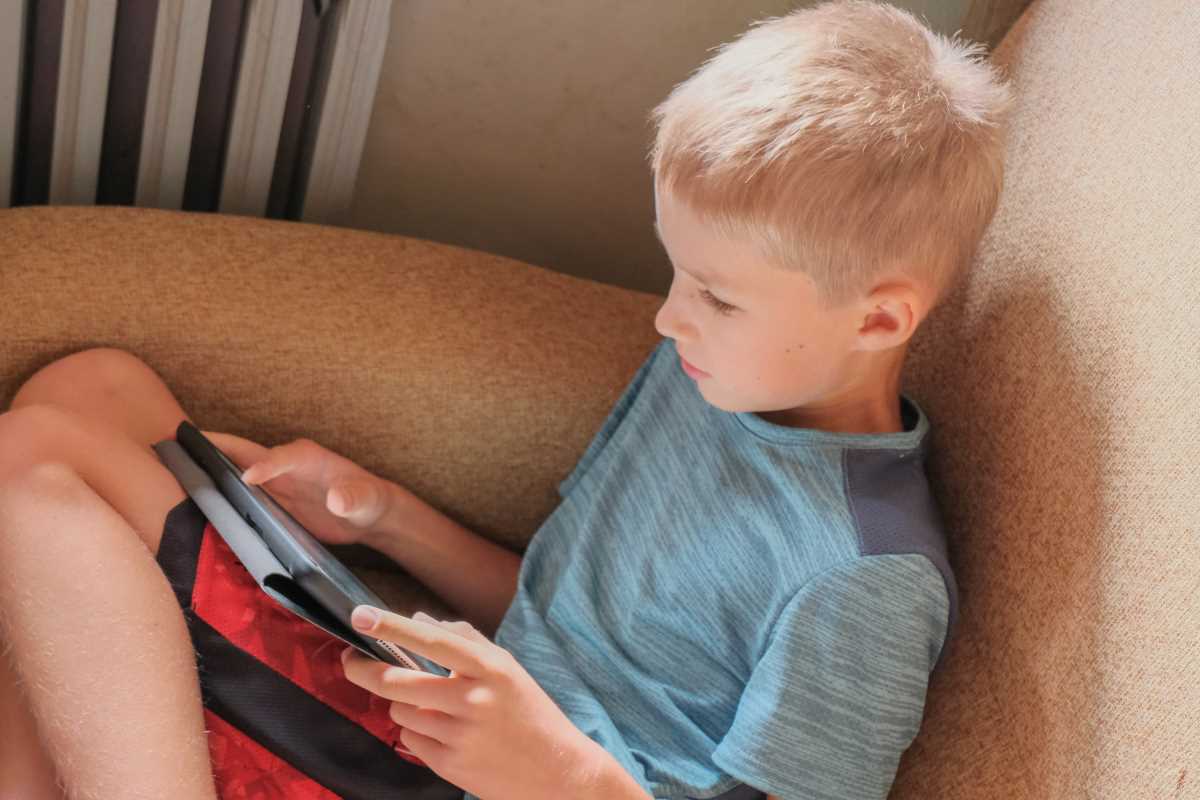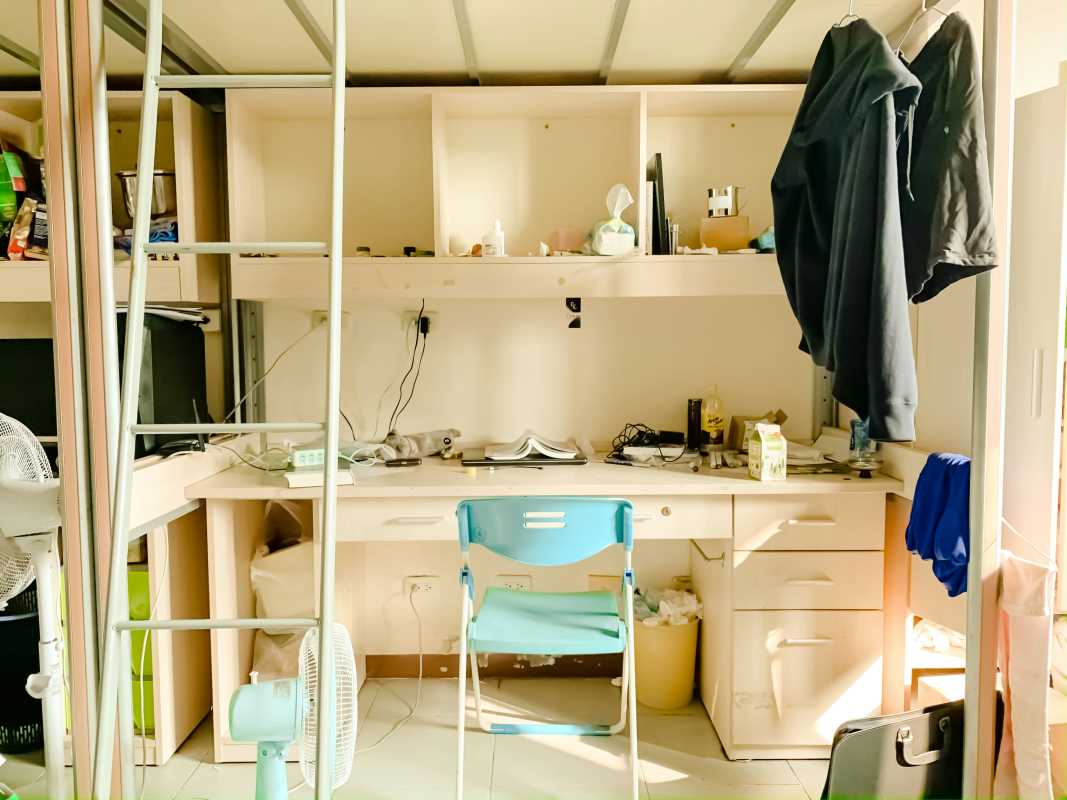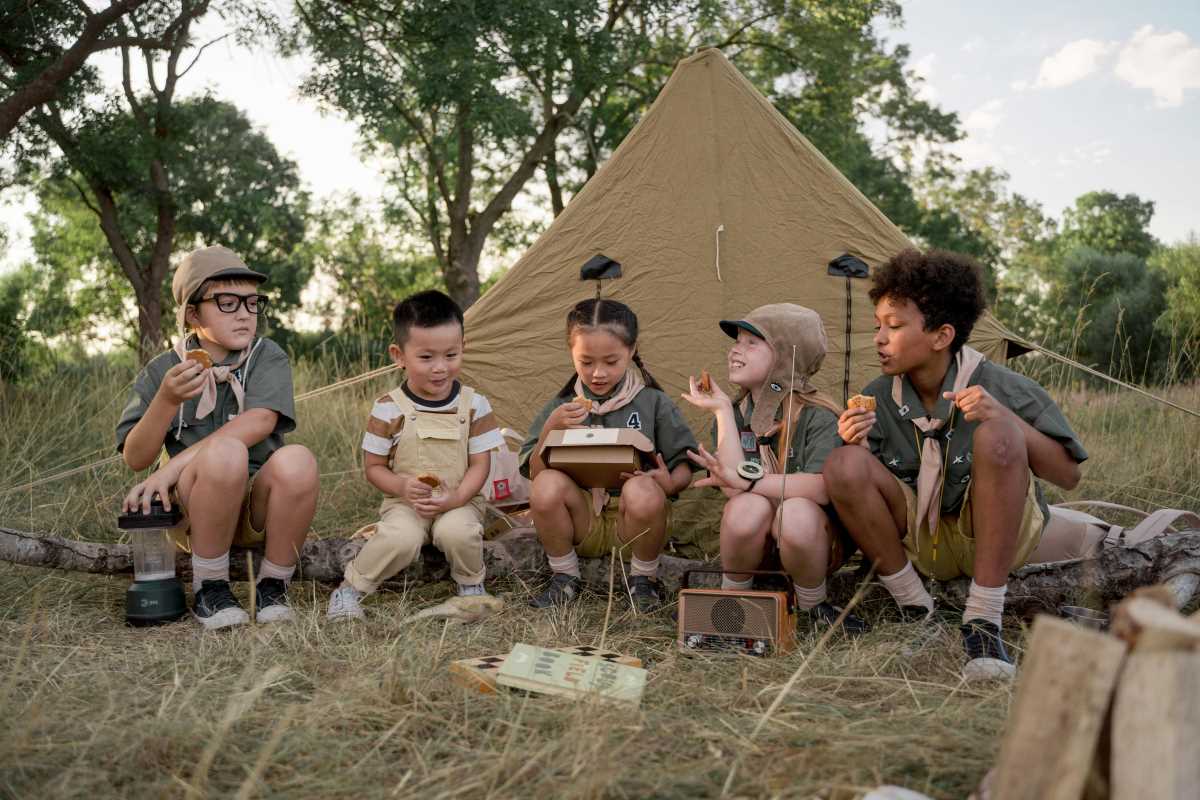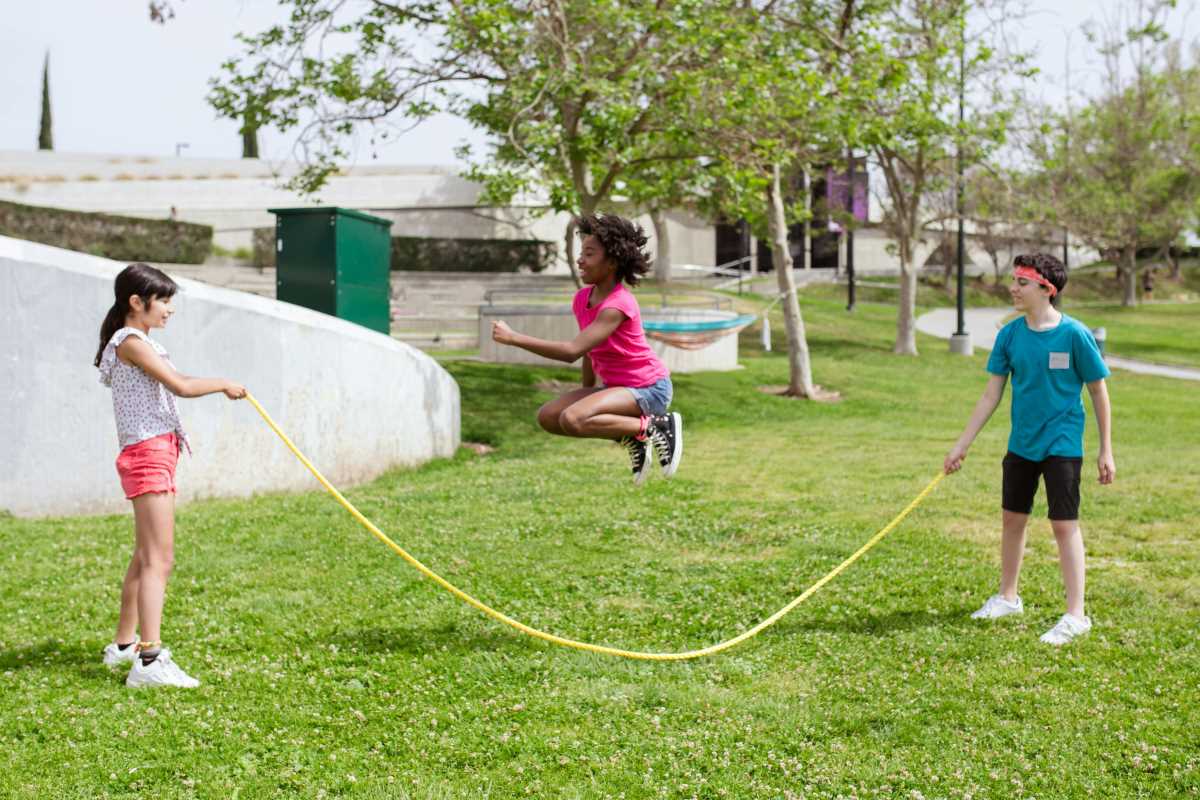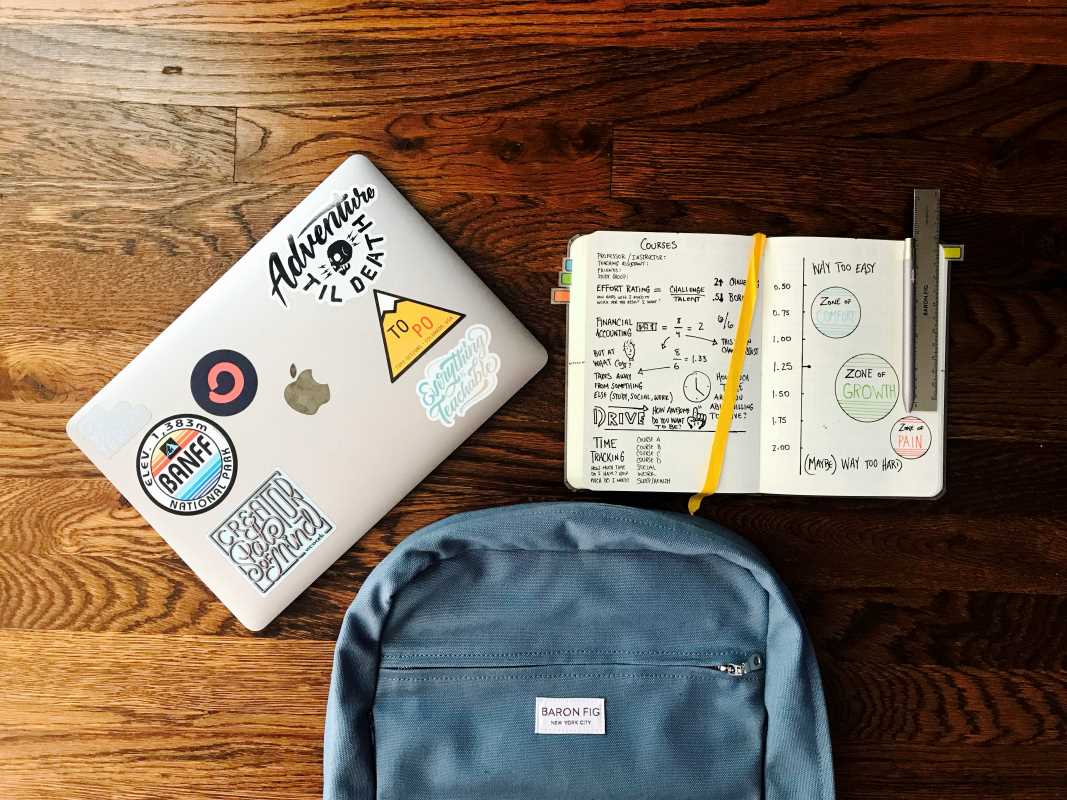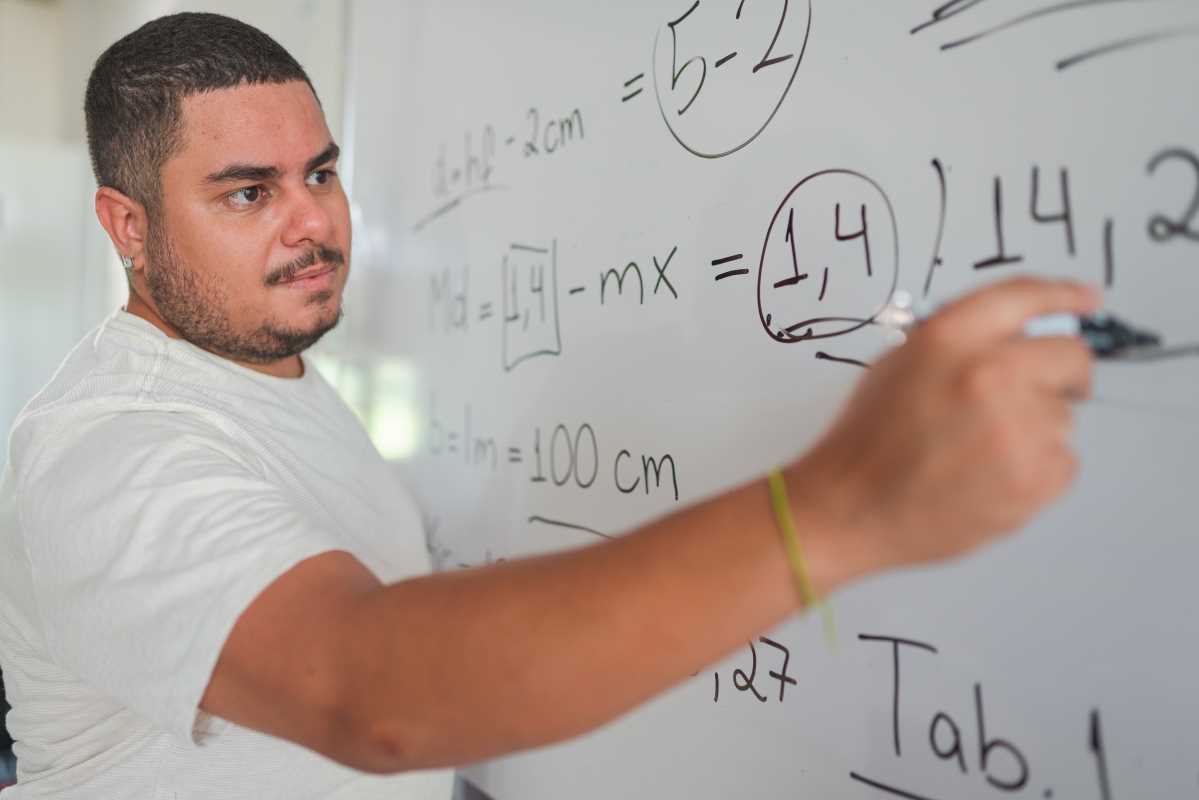Science doesn’t just belong in labs or classrooms. Some of the most exciting experiments take place right in the heart of your home—the kitchen! With its bubbling reactions, colorful creations, and edible inventions, kitchen science is a fun and easy way to nurture curiosity and discovery in kids. The best part? You don’t need a degree in chemistry or fancy equipment to get started. All you need is a pinch of creativity, basic pantry items, and a willingness to get hands-on.
This guide is packed with creative, educational kitchen science projects that the whole family can enjoy. Each activity comes with simple instructions, the science behind it, and ways to extend the learning. Whether you’re looking for a creative way to brighten a rainy day or aiming to spark a love for STEM (science, technology, engineering, and math), these projects are perfect.
Why Kitchen Science Projects Are Magical
Before we leap into experiments, it’s helpful to understand why kitchen science stands out as a fantastic tool for learning.
- Familiar Territory: The kitchen is a place kids already know well. They feel safe and comfortable here, which makes the perfect setting for exploration.
- Practical Skills: Activities like measuring ingredients, mixing solutions, and observing reactions not only teach scientific principles but also develop life skills.
- Immediate Results: Unlike some experiments, kitchen science often gives quick, visible outcomes. That instant feedback boosts engagement and keeps kids excited.
- Family Bonding: Doing science together is a great way to connect as a family. It creates opportunities for shared laughter, problem-solving, and a lot of messy fun!
Now, roll up your sleeves, grab an apron, and prepare for a delicious dose of chemistry, biology, and a sprinkle of physics. Here are nine kitchen science projects to try, with bonus tips and activities to enhance the experience.
1. The Magic of Bouncing Eggs
Concept: Acids and bases; chemical reactions
What You’ll Need
- Raw eggs
- White vinegar
- A glass jar or cup
Steps
- Carefully place a raw egg in a jar or glass.
- Pour white vinegar into the container until the egg is completely submerged.
- Check periodically as bubbles (carbon dioxide) form around the eggshell.
- Leave the egg soaking in vinegar for 24-48 hours.
- Gently remove the egg and rinse it under cool water.
What Happens?
The eggshell, made of calcium carbonate, reacts with the acetic acid in the vinegar to create carbon dioxide gas. Over time, the eggshell dissolves entirely, leaving only the membrane behind, which transforms the egg into a bouncy, rubbery sphere. If dropped from just the right height, the egg will bounce!
Interactive Tips
- Experiment with different liquids, such as lemon juice or soda. Do they dissolve the shell too?
- Try soaking a boiled egg and a raw egg. How do the results differ?
- Use food coloring in the vinegar to create a colorful bouncing egg.
What Kids Learn
This experiment is a hands-on introduction to acids, bases, and chemical reactions. Kids also see how science can transform ordinary objects in surprising ways.
2. Homemade Lava Lamp
Concept: Density; insolubility; gas formation
What You’ll Need
- A clear glass or bottle
- Vegetable oil
- Water
- Food coloring
- Effervescent tablet (like Alka-Seltzer)
Steps
- Fill the bottle three-quarters full with vegetable oil.
- Add water to nearly fill the bottle, leaving a bit of space at the top.
- Watch as the water and oil separate into distinct layers.
- Add a few drops of food coloring for visual pop.
- Drop in a piece of an effervescent tablet and observe the bubbling magic unfold.
What Happens?
Oil and water don’t mix due to differences in their density. Meanwhile, the tablet reacts with water to release carbon dioxide gas, which attaches to colored water droplets. These gas-filled bubbles rise through the oil, creating a mesmerizing lava lamp effect.
Enhanced Fun
- Add glitter or small beads to make your lava lamp sparkle.
- Experiment with different oils, such as baby oil, olive oil, or canola oil. Does it change the effect?
What Kids Learn
This activity introduces density, immiscible liquids, and how gases interact with liquids to create movement.
3. Yeast Balloon Blow-Up
Concept: Fermentation; gas production by living organisms
What You’ll Need
- A plastic bottle
- A packet of active dry yeast
- Sugar (1 tablespoon)
- Warm water
- A balloon
Steps
- Add warm water, yeast, and sugar to the plastic bottle. Swirl gently to mix.
- Stretch the neck of the balloon over the bottle's mouth.
- Place the bottle in a warm spot and wait for the balloon to inflate.
What Happens?
Yeast, a living microorganism, consumes the sugar and produces carbon dioxide gas as a byproduct of fermentation. The gas rises up and inflates the balloon.
Additional Experiments
- Try using different sweeteners, like honey or brown sugar. Which works best?
- Compare the effect of warm water versus cold water. Does the temperature matter?
What Kids Learn
This experiment highlights the role of microorganisms and demonstrates how living things cause physical changes in their environment.
4. Instant Ice Cream in a Bag
Concept: Freezing point depression; states of matter
What You’ll Need
- Half-and-half or milk (1 cup)
- Sugar (2 tablespoons)
- Vanilla extract (½ teaspoon)
- Ice cubes
- Salt (½ cup)
- Quart-sized and gallon-sized sealable bags
Steps
- Combine milk, sugar, and vanilla extract in the smaller bag. Seal tightly.
- Fill the larger bag halfway with ice and sprinkle salt on it.
- Place the smaller bag inside the larger bag, seal it, and shake the bags vigorously for 5-10 minutes.
- Scoop out your homemade ice cream and enjoy!
What Happens?
Adding salt to the ice lowers its freezing point, allowing the ice to absorb more heat from the cream mixture. This rapid heat transfer causes the cream to freeze into ice cream.
Extra Twists
- Test different types of milk (whole, skim, almond, soy). Which creates the smoothest texture?
- Mix in chocolate chips or fruit for added flavor.
What Kids Learn
Kids see how science can make something delicious while learning about heat transfer and phase changes.
5. Invisible Ink with Lemon Juice
Concept: Acid oxidation
What You’ll Need
- Lemon juice
- Water
- A cotton swab
- White paper
- A heat source (lamp, iron, or hair dryer)
Steps
- Mix lemon juice and water and use a cotton swab to write a message on the paper.
- Allow it to dry completely.
- Reveal the hidden message by gently heating the paper.
What Happens?
The organic compounds in the lemon juice oxidize and turn brown when exposed to heat, making your secret message visible.
Upgrades
- Experiment with different “inks,” such as vinegar, milk, or baking soda.
- Create treasure hunts by leaving invisible ink clues.
What Kids Learn
This activity explores oxidation and how heat can drive chemical changes.
6. Colorful Candy Chromatography
Concept: Separation of mixtures
What You’ll Need
- A coffee filter paper
- Water
- Colored candies (Skittles or M&Ms)
- Small cups
Steps
- Dissolve a candy in a few drops of water.
- Place a dot of the colored solution near the edge of the filter paper.
- Allow one edge of the paper to dip into a water-filled cup.
- Watch as water climbs the paper, spreading and separating colors.
What Happens?
Chromatography separates the different dyes used in candy coloring as water carries them up the filter paper.
Extensions
- Compare different candy brands. Which has the most diverse dyes?
- Try combining two candy colors and observing whether you can separate them.
What Kids Learn
This is a simple introduction to a technique used in chemistry and biology for separating mixtures.
7. Edible Soil Layers Parfait
Concept: Geology and ecosystems
What You’ll Need
- Crushed graham crackers
- Chocolate pudding
- Cereal
- Green coconut flakes
- Gummy worms
Steps
- Layer ingredients in a clear cup to represent soil layers.
- Label each layer and discuss its role in the ecosystem.
- Dig into your edible creation!
Customization Ideas
- Use crushed Oreo cookies for topsoil.
- Add “rocks” with a few M&Ms.
What Kids Learn
Kids explore soil structure and ecology while enjoying a tasty treat.
8. Kitchen Volcanoes with Citrus
Concept: Acid-base reactions
Here, kids learn about simple chemical reactions with basic supplies like lemons and baking soda. Add food coloring for extra wow!
By bringing simple science into your kitchen, you'll create joy, spark curiosity, and build memories that will live long after the experiments are done!
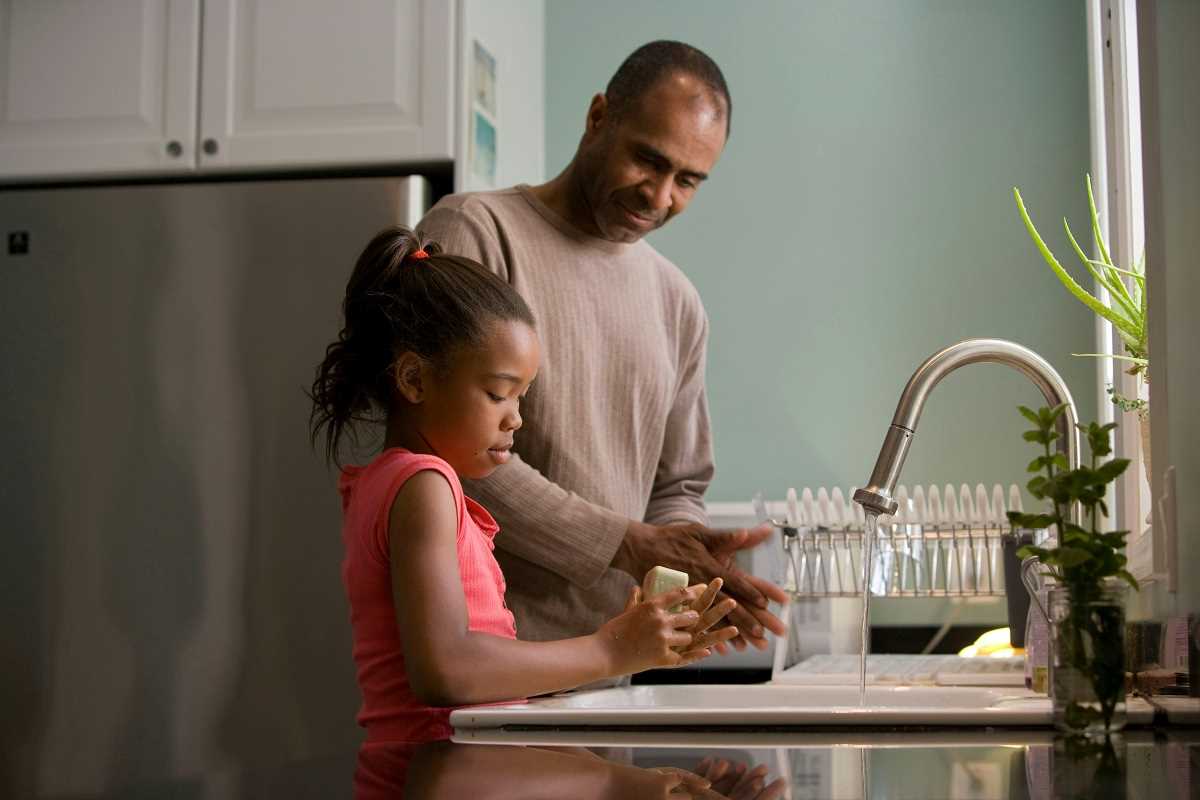 (Image via
(Image via